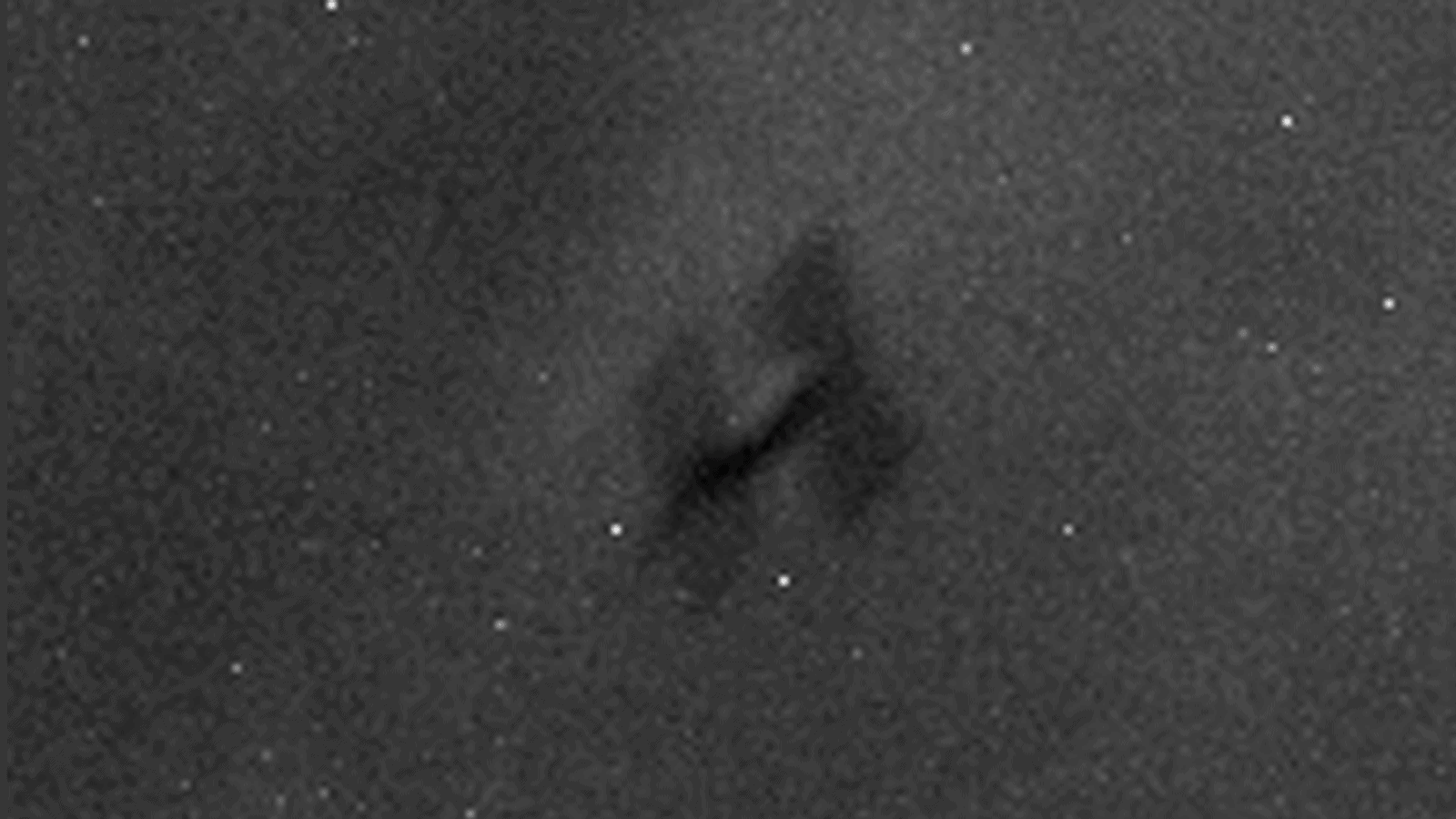An uncontrolled satellite is rapidly approaching Earth and is expected to enter the atmosphere on Wednesday morning, almost 30 years after it was sent into space, Sky News reported.
ESA forecasts ERS-2 satellite reentry into Earth’s atmosphere, highlighting uncertainty due to solar activity
This satellite, named ERS-2, is likely to break apart when it comes back down, with most of its pieces burning up. Because the reentry happens naturally, without human control, the European Space Agency (ESA) says it’s impossible to know exactly when or where it will occur.
As the time gets closer, though, the agency can make better predictions. On Monday, it shared its latest forecast, saying the satellite should reenter Earth’s atmosphere at 11:14 a.m. on Wednesday.
However, there’s a window of uncertainty because of unpredictable solar activity. This means the reentry might happen up to 15 hours earlier or later than expected.
The ESA also released photos on Monday showing the satellite falling towards the atmosphere. The pictures were captured between January 14th and February 3rd when ERS-2 was still flying at an altitude higher than 300 kilometers (186 miles).

Now, it’s flying at about 200 kilometers (124 miles) above the Earth’s surface and descending at a rate of over 10 kilometers (6 miles) per day. Its descent speed is picking up quickly. When it hits about 80 kilometers, it’ll begin to break apart and then burn up.
ESA assures low risk as ERS-2 satellite nears Earth’s surface
The ESA mentioned that some pieces might reach the Earth, but they’re expected to mostly land in the ocean. “The risks associated with satellite reentries are very low”, according to the ESA’s information on ERS-2’s reentry. Furthermore, the ESA clarified that none of these fragments will contain any toxic or radioactive substances.
ERS-2 was launched in 1995 and was Europe’s most advanced Earth observation spacecraft at that time. “It provided us with new insights on our planet, the chemistry of our atmosphere, the behaviour of our oceans, and the effects of humankind’s activity on our environment,” said Mirko Albani, head of ESA’s Heritage Space Programme.
After spending 16 years in orbit, the ESA made the decision to conclude its mission and bring the satellite back down to Earth, a process known as “deorbiting.” To do this, they used up the remaining fuel onboard and lowered its altitude from 785 kilometers (488 miles) to 573 kilometers (356 miles).
By doing this, the risk of the satellite colliding with other objects in space was reduced, and the time it would spend in orbit after the mission ended was cut from over 100 years to less than 15 years.
